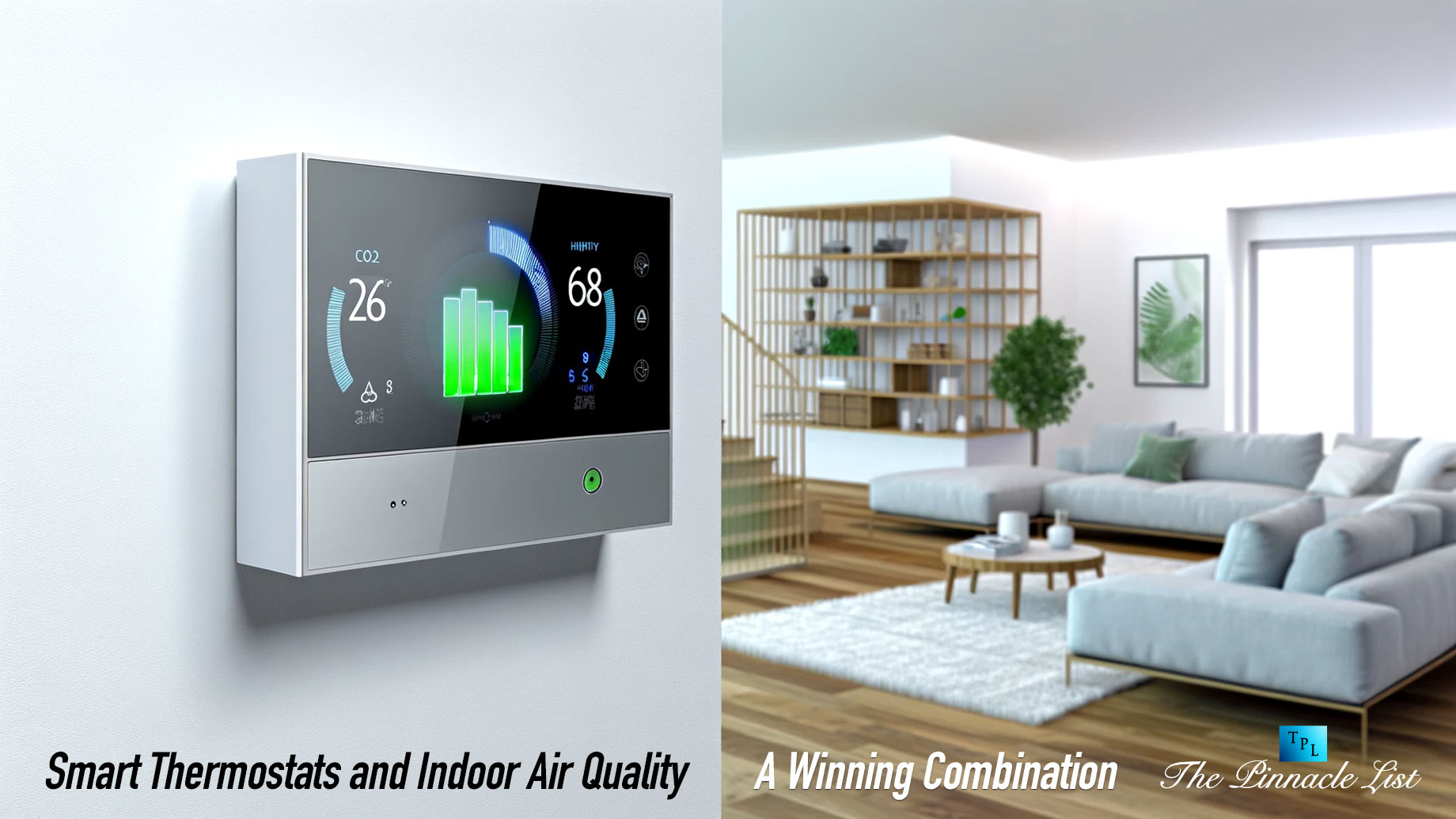
As our homes become increasingly connected, the integration of smart technologies has revolutionized the way we manage our living spaces. Among these advancements, smart thermostats stand out as key players in enhancing both comfort and energy efficiency. In this comprehensive guide, we’ll delve into the synergy between smart thermostats and indoor air quality (IAQ), exploring how this combination creates a winning solution for homeowners.
The Rise of Smart Thermostats
Definition and Functionality:
Smart thermostats are innovative devices designed to go beyond the basic functions of traditional thermostats. They connect to the internet, allowing users to control and monitor their HVAC systems remotely through smartphone apps or other smart devices.
Energy Efficiency:
One of the primary benefits of smart thermostats is their ability to optimize energy usage. Advanced features like learning algorithms and occupancy sensors enable these devices to adapt to user behavior, creating personalized heating and cooling schedules that minimize energy consumption.
The Importance of Indoor Air Quality
Understanding Indoor Air Quality:
Indoor air quality refers to the condition of the air within and around buildings, especially as it relates to the health and comfort of occupants. Poor IAQ can result from various factors, including pollutants, allergens, and inadequate ventilation.
Health Impacts:
Subpar indoor air quality can contribute to various health issues, ranging from respiratory problems and allergies to more severe conditions. Ensuring clean and well-ventilated air is crucial for maintaining a healthy living environment.
Smart Thermostats and IAQ Enhancement
Air Quality Sensors:
Many modern smart thermostats come equipped with built-in air quality sensors. These sensors detect pollutants like dust, pollen, and volatile organic compounds (VOCs), providing real-time data on the air quality within your home.
Ventilation Control:
Smart thermostats can work in tandem with ventilation systems to enhance indoor air quality. They can regulate the exchange of outdoor and indoor air, ensuring a constant flow of fresh, filtered air while expelling pollutants.
Integration and Automation
Integration with Smart Home Ecosystems:
Smart thermostats seamlessly integrate into broader smart home ecosystems. They can communicate with other devices, such as air purifiers, humidifiers, and HVAC systems, creating a cohesive and automated approach to managing indoor environments.
Automated IAQ Solutions:
Through automation, smart thermostats can trigger actions based on detected changes in air quality. For example, if elevated pollutant levels are detected, the thermostat can initiate the purification process or adjust ventilation settings to improve indoor air quality.
Choosing the Right Smart Thermostat
Considerations for Selection:
When selecting a smart thermostat for IAQ improvement, factors such as compatibility with HVAC systems, sensor accuracy, and integration capabilities should be considered. Brands like Nest, Ecobee, and Honeywell offer popular models with advanced features.
Installation and Setup:
Installing a smart thermostat is typically user-friendly, but proper setup is crucial for optimal performance. Following manufacturer instructions and ensuring compatibility with existing HVAC systems is essential.
The integration of smart thermostats and a focus on indoor air quality represents a powerful and forward-thinking approach to home management. By leveraging the capabilities of these devices, homeowners can enjoy enhanced comfort, reduced energy costs, and, most importantly, a healthier living environment. As the smart home revolution continues, the combination of smart thermostats and indoor air quality improvement remains a winning strategy for those seeking to elevate their home living experience.